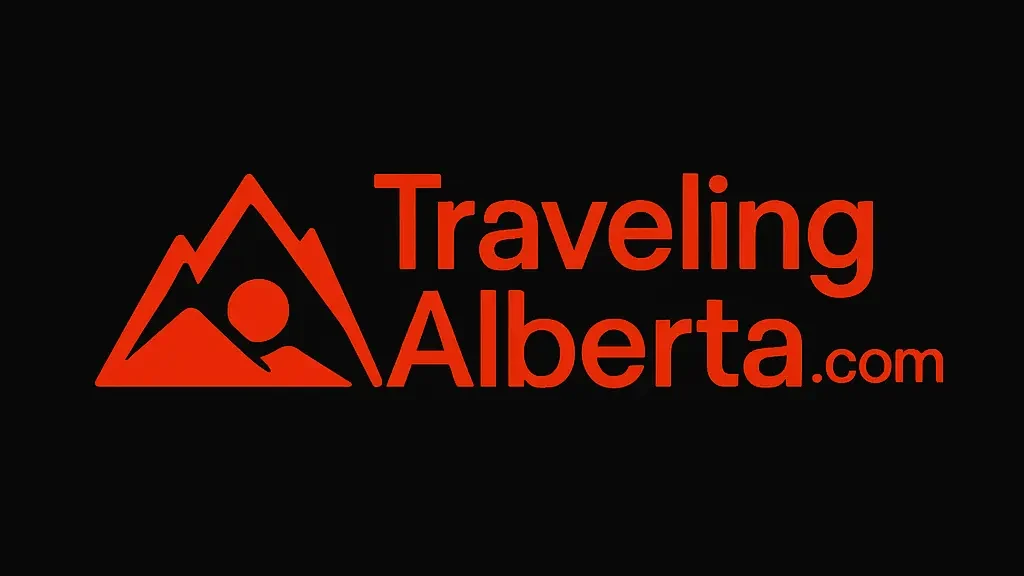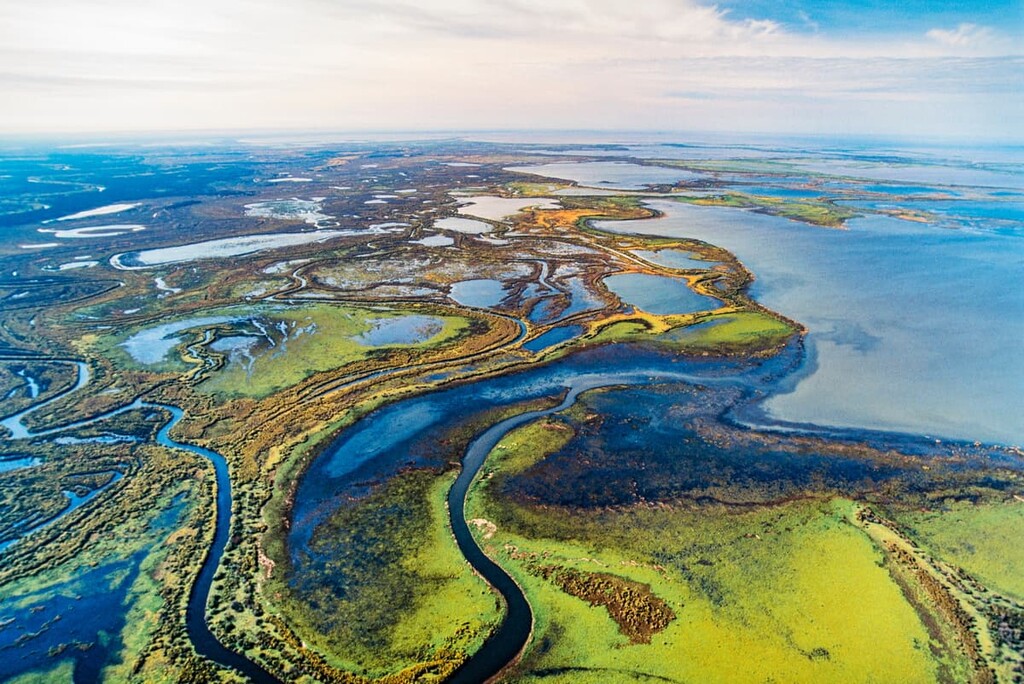Deep in the boreal forests of Northern Alberta and the southern Northwest Territories lies a land so vast, remote, and ecologically rich that it feels like stepping into a forgotten world. Wood Buffalo National Park, a UNESCO World Heritage Site, is Canada’s largest national park, spanning more than 44,800 square kilometers—bigger than Switzerland. Despite its size and significance, this northern giant remains one of Canada’s least visited parks, making it a hidden gem for true wilderness seekers.
Established in 1922 to protect the last herds of free-roaming wood bison, the park now serves as a sanctuary for countless species, including the endangered whooping crane. It features everything from salt plains and sinkholes to lakes, rivers, marshes, and vast dark skies, where the Northern Lights often dance. Whether you’re drawn by the wildlife, the raw landscape, or the chance to disconnect from modern life, Wood Buffalo offers a one-of-a-kind Canadian adventure.
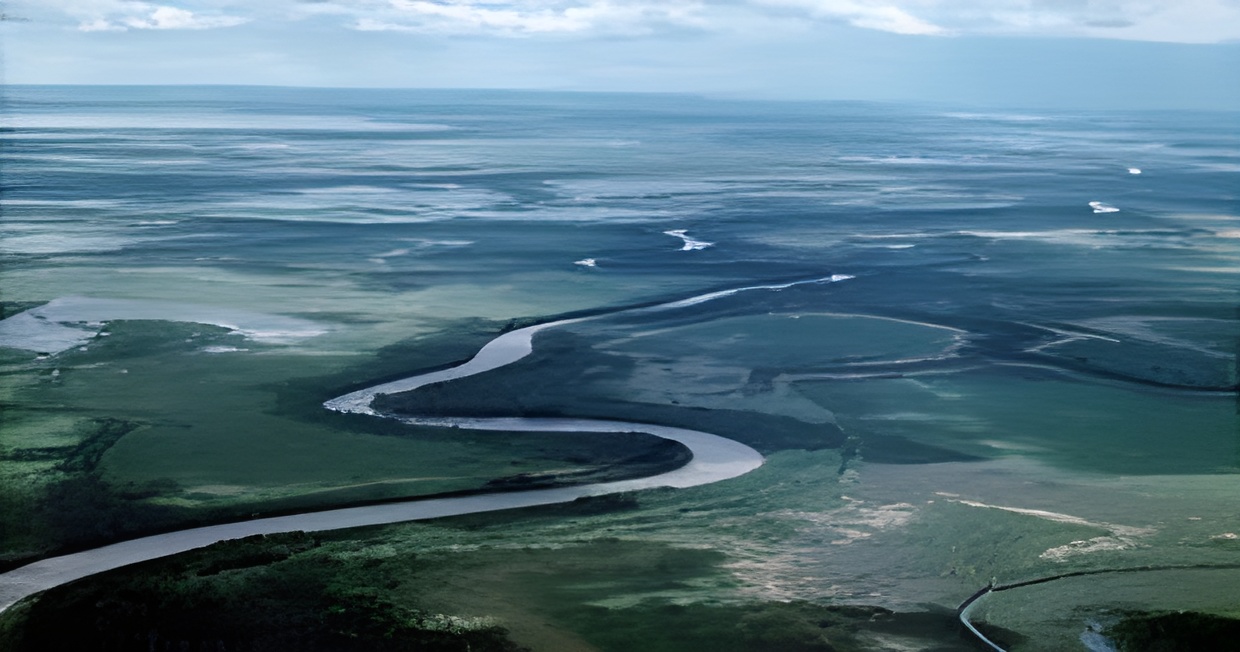
Why Wood Buffalo National Park is Worth the Trip
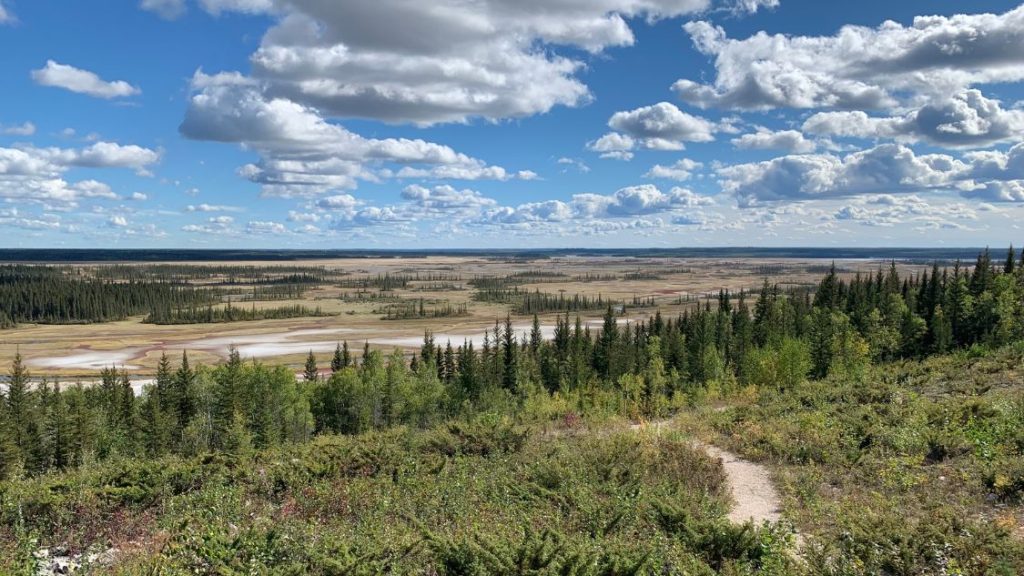
Wood Buffalo National Park stands apart not just for its size, but for the unmatched variety of natural and cultural experiences it offers. It is one of the few places on Earth where ecosystems have remained largely untouched by industrialization. The park protects critical habitats, including the Peace-Athabasca Delta—one of the largest inland freshwater deltas in the world. These ecosystems are home to hundreds of species, many of which are rare or threatened.
The park’s biodiversity is staggering. It boasts North America’s largest population of wild wood bison, and is the only natural nesting site for the endangered whooping crane. Additionally, the region’s rich Indigenous history, maintained by the Dene and Cree peoples, is woven into the land, offering visitors opportunities to learn and engage with cultural traditions.
Visitors can also enjoy complete solitude—no massive crowds, no congested trails. It’s truly a park for explorers, photographers, birdwatchers, and those looking to reconnect with nature in its purest form.
Top Natural Attractions You Must See

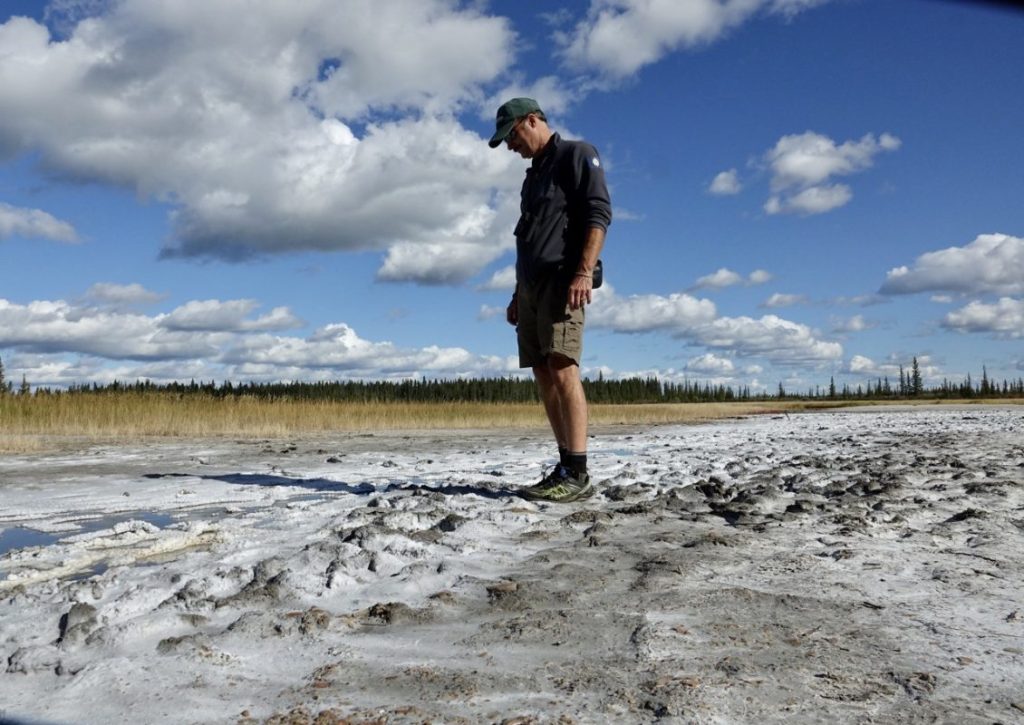
The Salt Plains
One of the most surreal landscapes in the park, the Salt Plains are the remnants of ancient seabeds where underground mineral springs seep to the surface. As the water evaporates, it leaves behind massive white deposits of salt that stretch across the landscape. This alien-like terrain is great for photography, hiking, and spotting wildlife tracks left behind by bison, moose, and birds. Interpretive signs explain the geological history and ecological significance of this rare Canadian landform.
Pine Lake
A spring-fed lake with stunningly clear, warm water, Pine Lake is a favorite among visitors for swimming, paddling, and picnicking. Surrounded by jack pine forest and peaceful campsites, it offers a striking contrast to the surrounding wild terrain. Facilities here include picnic tables, fire pits, and an accessible Pine Lake Campground, making it a great spot for family getaways.
Peace-Athabasca Delta
This massive wetland complex supports a globally significant population of migratory birds. Bring your binoculars—this area is a birdwatcher’s paradise, especially during spring and fall migrations. The delta is also one of the best places in Canada to experience the delicate balance between water, wildlife, and Indigenous livelihoods.
Karst Sinkholes and Caves
Wood Buffalo features a unique karst landscape, including deep sinkholes and limestone caves formed over thousands of years. These natural features are less visited but fascinating for geology lovers and adventurous hikers.
Outdoor Activities: Explore the Park Like an Insider
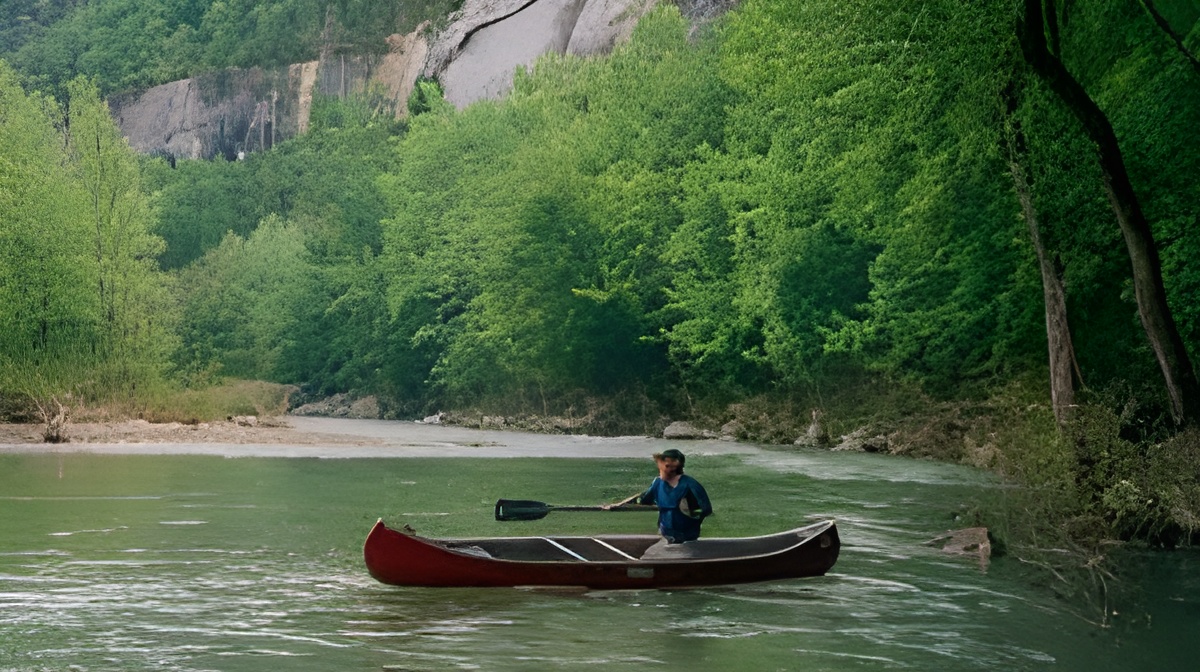
Hiking
Although the park doesn’t have an extensive trail network like Banff or Jasper, the Salt River Trail System near Fort Smith provides excellent day hikes. Trails range from easy walks to more rugged treks through karst and boreal forest terrain. For serious adventurers, off-trail backcountry hiking is possible—but it requires advanced planning and wilderness skills.
Canoeing & Kayaking
The Peace and Athabasca Rivers offer one of Canada’s most remote and scenic paddling experiences. Canoe through untouched boreal forest, past active wildlife habitats, and camp under open skies. Be prepared for long routes and changing conditions, and always notify Parks Canada before venturing into remote areas.
Aurora Watching & Stargazing
Wood Buffalo is a certified Dark Sky Preserve, making it one of the best places in Canada to witness the Northern Lights. From late August to April, the auroras light up the sky in green, purple, and red hues. Visit Pine Lake or the Salt Plains on a clear night, away from artificial light, for the best viewing conditions.
Wildlife Watching
Spotting wood bison is one of the main draws, but visitors may also encounter black bears, wolves, foxes, moose, lynx, and beavers. Birdlife is equally rich, with bald eagles, sandhill cranes, pelicans, and whooping cranes often spotted in the right season.
How to Get There and Where to Stay
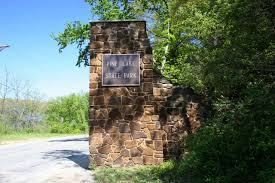
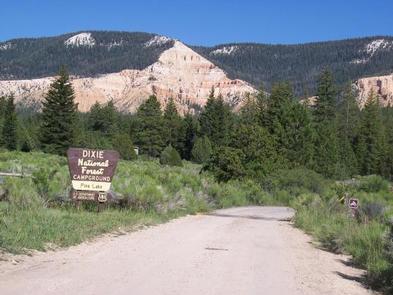
Getting to the Park
Most visitors start in Fort Smith, Northwest Territories. The town is accessible by air from Yellowknife or Edmonton with small regional airlines. Once in Fort Smith, you can drive into the park and stop at the Parks Canada Visitor Centre for information and maps. Roads are limited and partially unpaved, so 4WD vehicles are recommended.
Another entry point is Fort Chipewyan, Alberta. This community is accessible by boat in summer, snowmobile in winter, or via small aircraft. It provides access to the delta region, making it a great base for canoeing or cultural exploration.
Where to Stay
- Pine Lake Campground: Offers basic camping facilities near the lake.
- Kettle Point Group Campground: Ideal for larger groups with lake access.
- Fort Smith Lodging: Includes motels, B&Bs, and local inns.
- Backcountry Camping: Allowed with permits. Be prepared with supplies, GPS, and survival gear.
When to Visit: Best Seasons and What to Expect
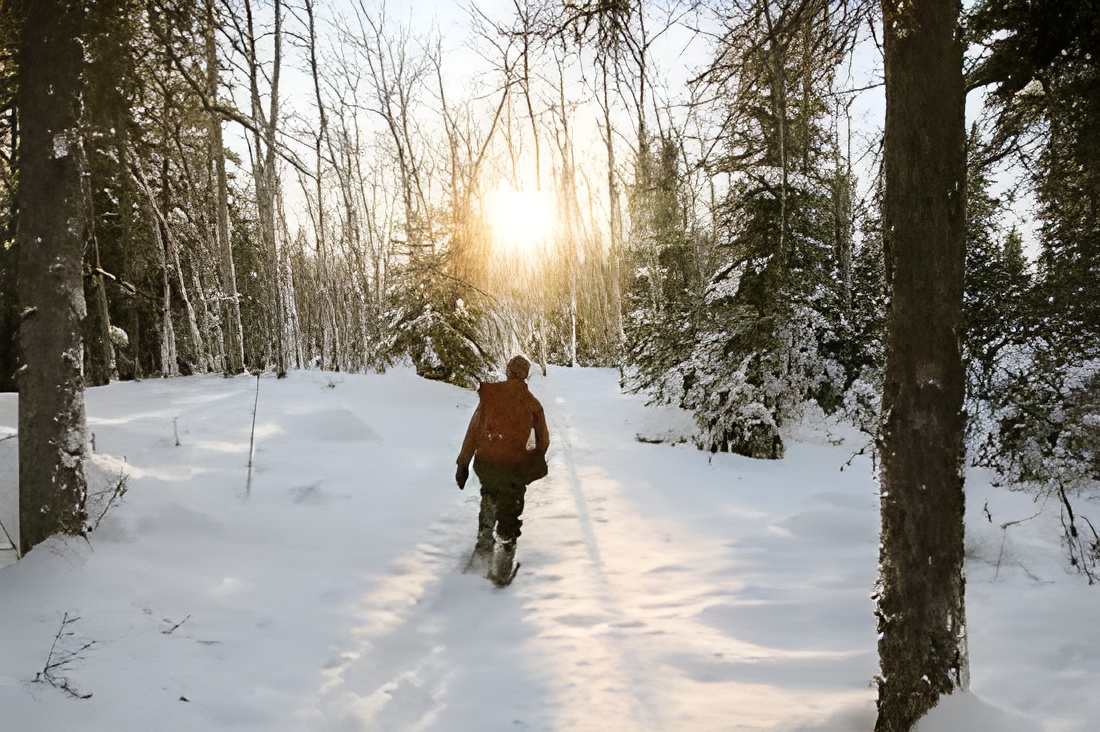
| Season | Highlights | What to Know |
|---|
| Summer (June–Aug) | Ideal for hiking, paddling, and camping. Warmest months. | Mosquitoes can be intense—bring strong repellent. |
| Fall (Sept–Oct) | Northern Lights viewing, fewer bugs, fall colors. | Cooler nights. Roads can be slippery. |
| Winter (Nov–Mar) | Prime time for auroras, peaceful snow-covered landscape. | Cold, limited access. Requires snow gear and planning. |
| Spring (Apr–May) | Bird migration begins, especially whooping cranes. | Variable weather. Roads may be muddy. |
For wildlife enthusiasts, spring and fall are especially rewarding. For campers and paddlers, summer offers longer days and better accessibility. For photographers and aurora hunters, winter skies and fall nights are perfect.
Culture and History: Indigenous Roots and Respect
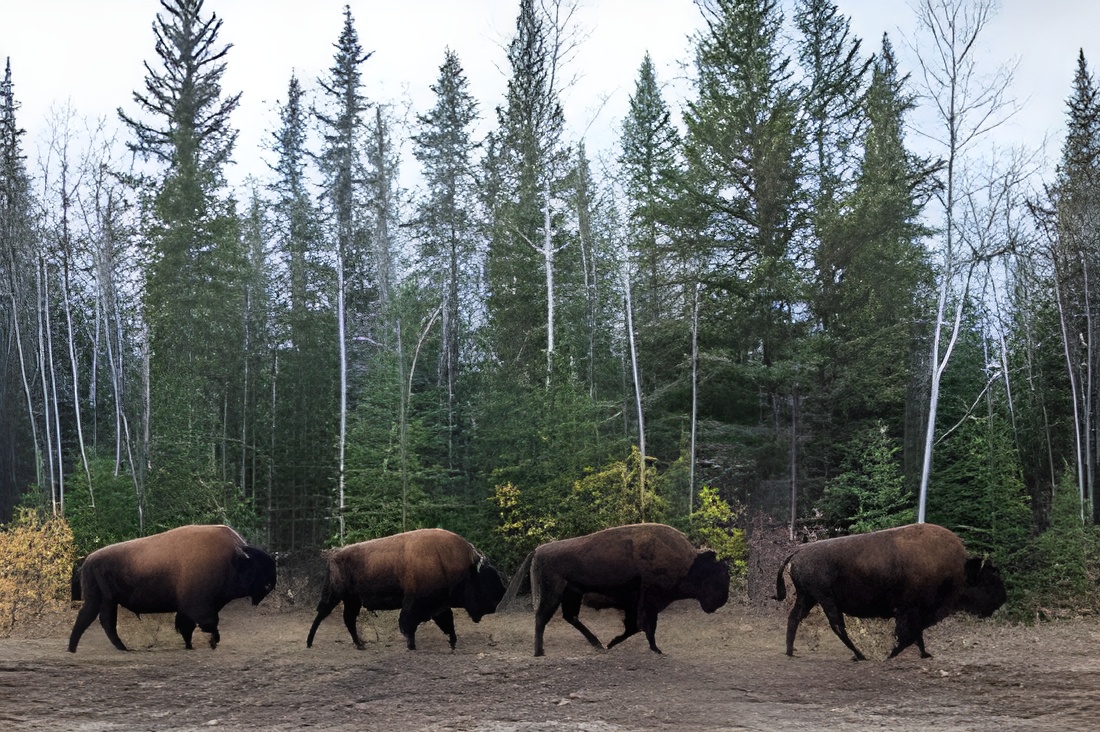
Wood Buffalo National Park lies on the traditional territory of the Dene and Cree peoples, who have called this region home for millennia. Their deep understanding of the land, passed down through generations, has shaped how the park is cared for today. Many Indigenous communities continue traditional practices inside the park, including hunting, fishing, and gathering.
Travelers are encouraged to learn about the cultural richness of the area. Visit Fort Smith’s Northern Life Museum, engage with Indigenous storytelling events, or take guided tours offered by local Dene and Cree guides. Understanding the land from a cultural as well as ecological perspective adds a deeper meaning to your visit.
Parks Canada works with Indigenous groups in a co-management approach, respecting the cultural rights and spiritual significance the land holds for its original stewards.
Conclusion: A Place Like No Other
Wood Buffalo National Park is not just Canada’s largest national park—it’s a place where nature exists on its own terms. Here, you’ll experience solitude, witness rare wildlife, and explore surreal landscapes you won’t find anywhere else. From watching a herd of wood bison wander the salt plains to catching the Northern Lights dance overhead, this is a park that offers experiences as vast as its geography.
